Published Jan 07, 2025 • 2 minute read

Over the next weeks and months, there will be much discussion about Justin Trudeau’s legacy as prime minister. To provide some context, it’s worth comparing Trudeau’s fiscal record with that of another long-serving Liberal prime minister — Jean Chrétien.
Advertisement 2
THIS CONTENT IS RESERVED FOR SUBSCRIBERS ONLY
Subscribe now to read the latest news in your city and across Canada.
- Unlimited online access to articles from across Canada with one account.
- Get exclusive access to the Toronto Sun ePaper, an electronic replica of the print edition that you can share, download and comment on.
- Enjoy insights and behind-the-scenes analysis from our award-winning journalists.
- Support local journalists and the next generation of journalists.
- Daily puzzles including the New York Times Crossword.
SUBSCRIBE TO UNLOCK MORE ARTICLES
Subscribe now to read the latest news in your city and across Canada.
- Unlimited online access to articles from across Canada with one account.
- Get exclusive access to the Toronto Sun ePaper, an electronic replica of the print edition that you can share, download and comment on.
- Enjoy insights and behind-the-scenes analysis from our award-winning journalists.
- Support local journalists and the next generation of journalists.
- Daily puzzles including the New York Times Crossword.
REGISTER / SIGN IN TO UNLOCK MORE ARTICLES
Create an account or sign in to continue with your reading experience.
- Access articles from across Canada with one account.
- Share your thoughts and join the conversation in the comments.
- Enjoy additional articles per month.
- Get email updates from your favourite authors.
THIS ARTICLE IS FREE TO READ REGISTER TO UNLOCK.
Create an account or sign in to continue with your reading experience.
- Access articles from across Canada with one account
- Share your thoughts and join the conversation in the comments
- Enjoy additional articles per month
- Get email updates from your favourite authors
Article content
Article content
Article content
In the early 1990s, Canada’s federal finances were in shambles. Thanks to years of large budget deficits (and high interest rates), debt interest payments were consuming one-third of all federal revenue and the country stood at the brink of a full-blown fiscal crisis. Paul Martin, Chrétien’s finance minister, recognized the gravity of the threat and famously promised to eliminate the deficit “come hell or high water.” And that’s exactly what the Chrétien government did, thanks primarily to reductions in federal spending.
How’d they do it?
The government launched a program review, which examined all dimensions of spending in search of savings. The review led to a substantial reduction in federal government employment, which shrunk by nearly 15%. While there were many components to the federal reforms of the 1990s, this reduction in the size of the federal bureaucracy clearly helped Chrétien and Martin eliminate the federal deficit.
By signing up you consent to receive the above newsletter from Postmedia Network Inc.
Article content
Advertisement 3
Article content
Fast-forward to the present day and Trudeau, who does not share his Liberal predecessors’ commitment to balanced budgets. Federal government employment has increased rapidly in recent years, with the Trudeau government adding more bureaucrats (in absolute and percentage terms) than were reduced during the Chrétien/Martin reform era.
RECOMMENDED VIDEO
We apologize, but this video has failed to load.
Specifically, from 2015/16 to 2022/23, federal government employment (as measured in full-time equivalents) increased by 26.1%. By comparison, the Canadian population increased by 9.1% over the same period.
Just as the reduction in federal employment contributed to the deficit reduction in the 1990s, the growth in federal employment has helped fuel the Trudeau government’s unending string of budget deficits since 2015/16. Incidentally, if during its nine years in power the Trudeau government had simply held the rate of growth in federal employment to the rate of population growth, federal spending would be $7.5 billion lower than it is today.
Advertisement 4
Article content
According to the Trudeau government’s latest projections, the federal deficit will reach an eye-popping $48.3 billion this fiscal year. And thanks to years of record-high spending under Trudeau, total federal debt will eclipse $2.15 trillion. Consequently, the federal government will spend $53.7 billion this year on debt interest payments — or $1,301 per Canadian.
Canadian history is clear — it’s difficult to predict the policy orientation of any premier or prime minister based on their political stripe. Prime ministers Chrétien and Trudeau prove this point. Chrétien reduced federal employment with an eye on eliminating the federal deficit. Trudeau reversed this legacy by rapidly growing the federal bureaucracy. This is one important reason for the divergent fiscal outcomes between the two governments.
Under Chrétien, Canadians saw a string of balanced budgets. Under Trudeau, they saw an unending series of deficits and massive debt accumulation, which Canadians must pay for today and for many years to come.
Ben Eisen and Jake Fuss are analysts at the Fraser Institute
Article content
.png)
 22 hours ago
11
22 hours ago
11
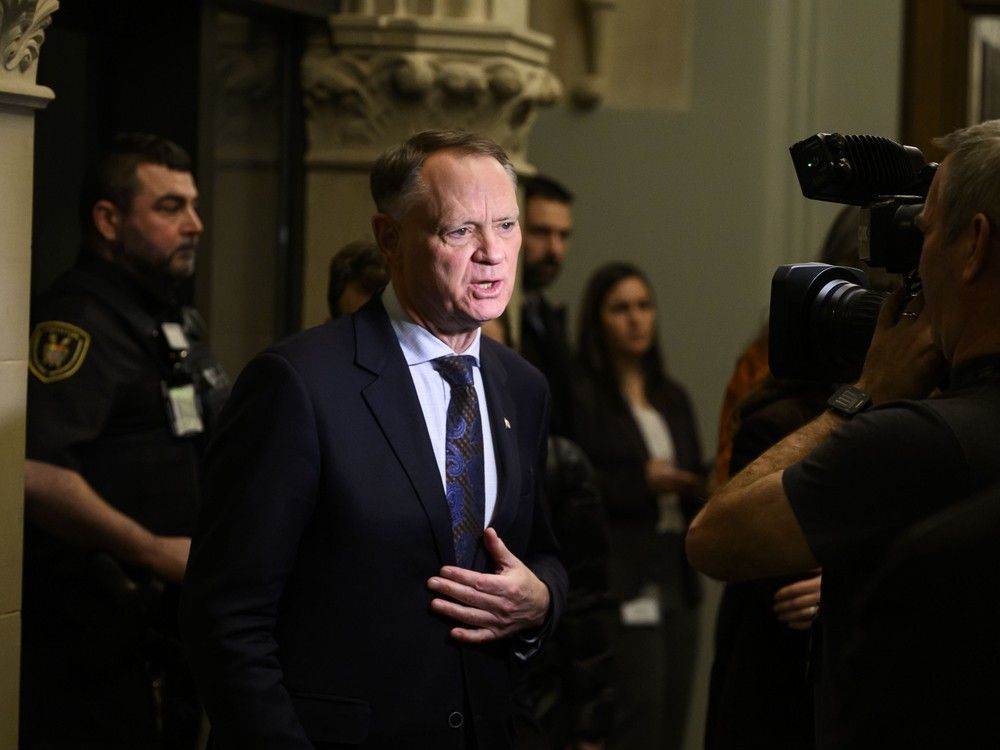


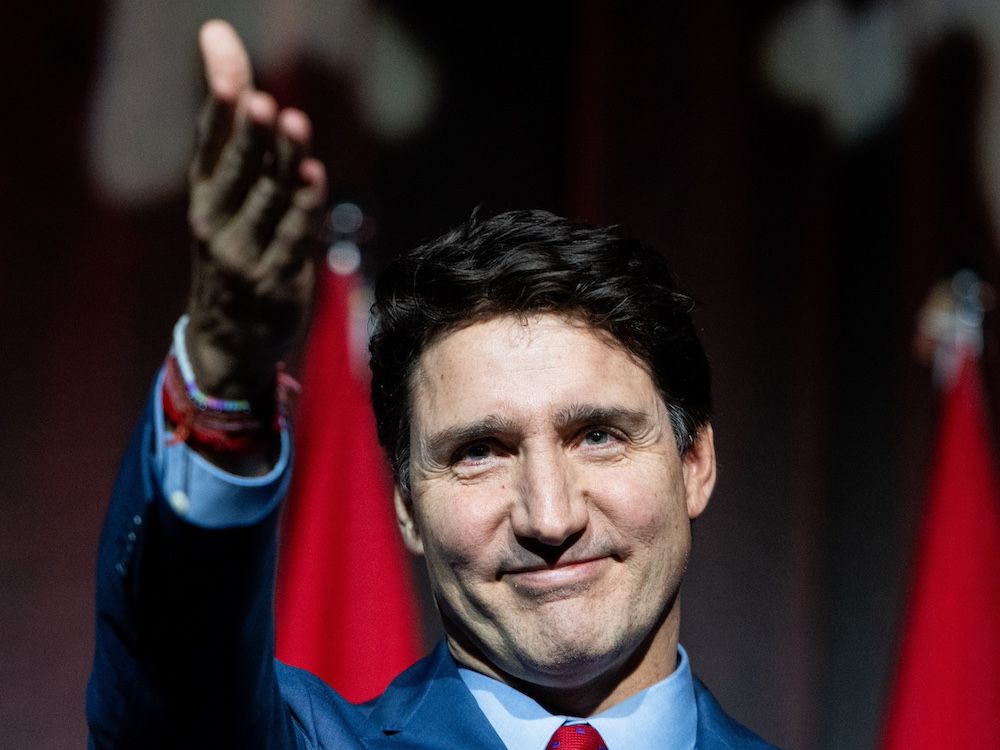

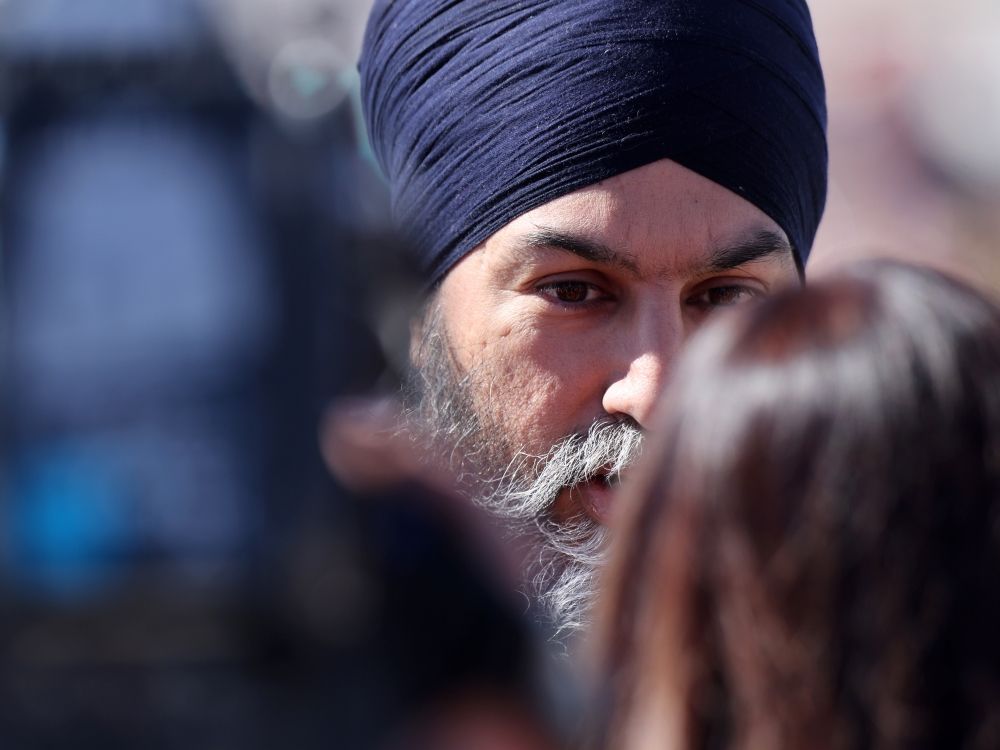

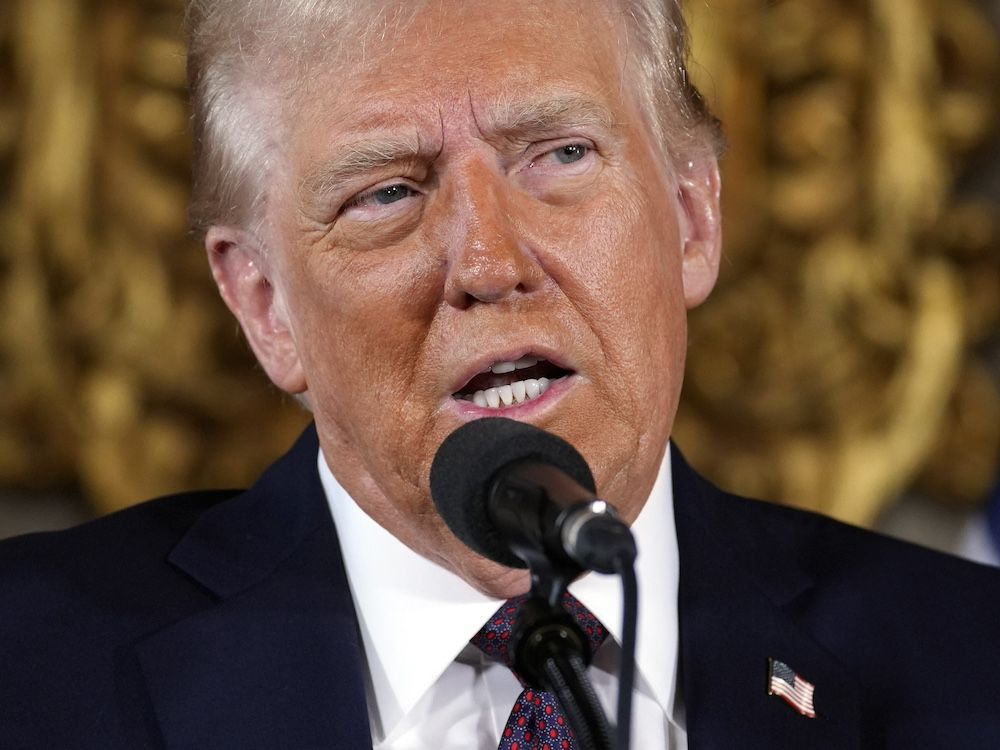
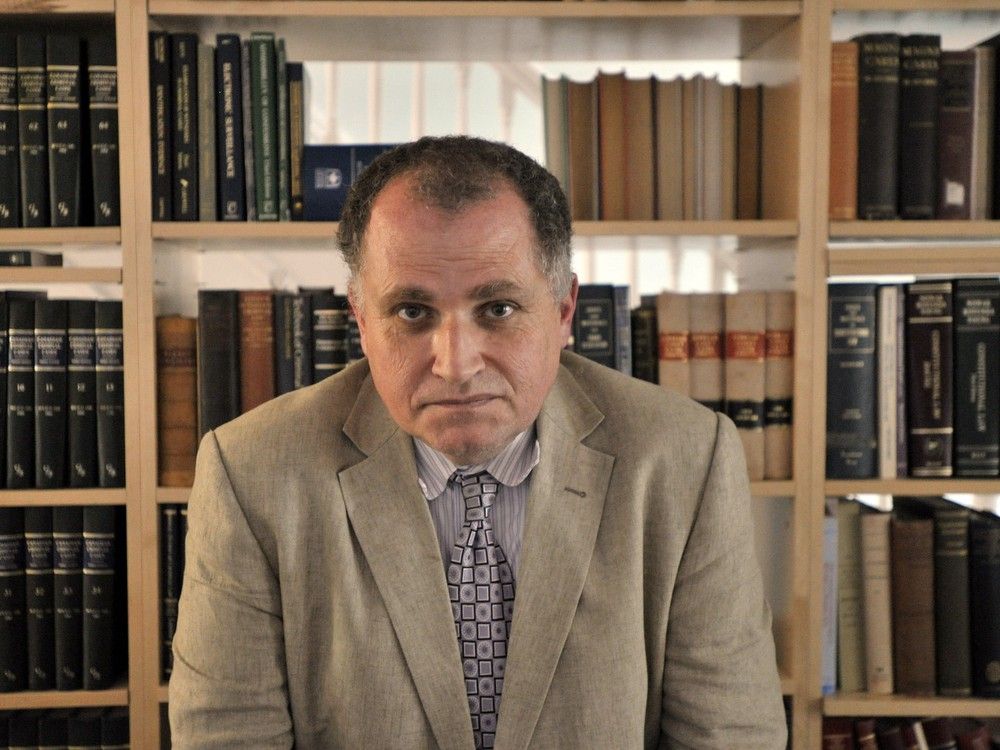
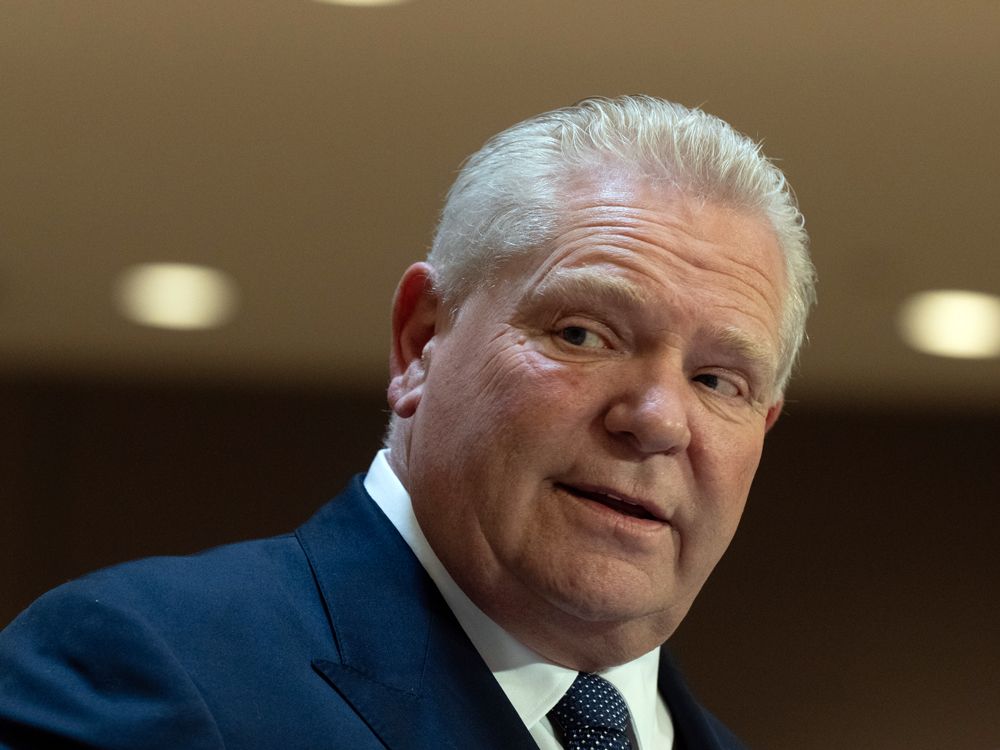
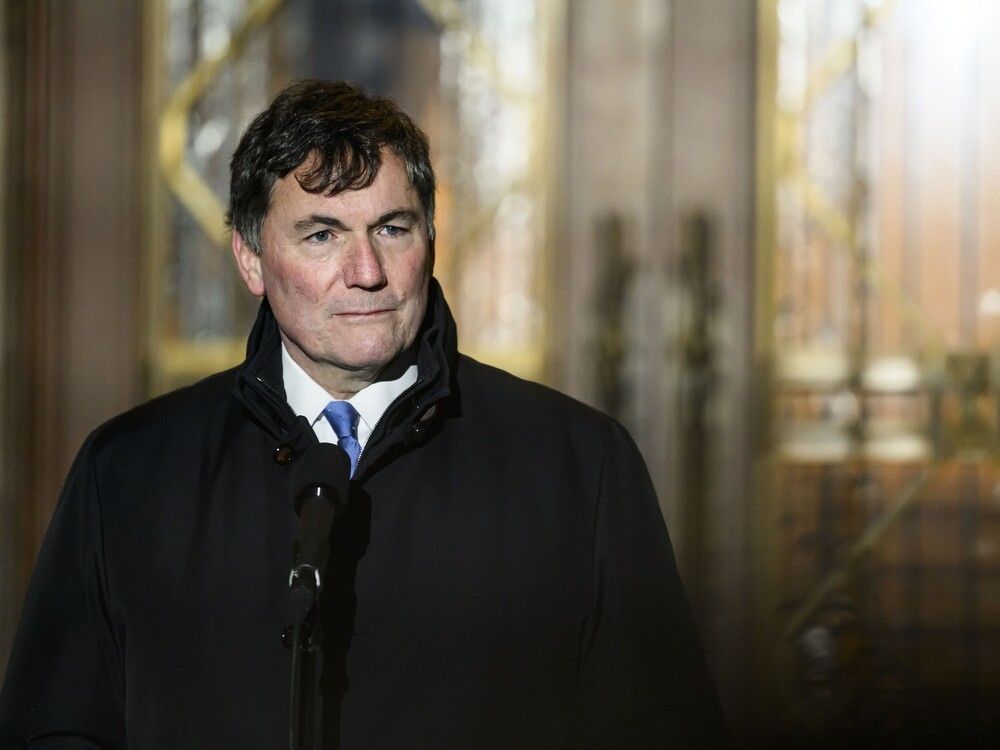























 Bengali (BD) ·
Bengali (BD) ·  English (US) ·
English (US) ·